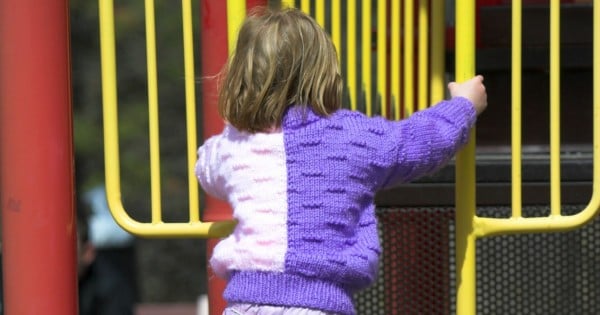
The government is making major changes to the way it funds childcare – and parents need to be aware of it.
The government wants to spend an extra $3.2 billion on childcare and substantially change how the subsidy system works so thousands of families see more support from the government to meet their childcare costs.
The new childcare legislation has been introduced into Parliament on the face of it, it looks pretty good.
No more mention of lowering educator qualifications or educator to child ratios in order to save money. The government has confirmed they’re committed to the National Quality Framework which ensures the educators working with our kids are highly skilled and qualified. Tick.





Top Comments
If childcare was funded as primary & secondary education is, we would not even need an argument about which demographic is more or less deserving. It should be universal access and it should certainly not be left to market forces to determine educational needs......you only have to look at the current state of the deregulated private vocational education system to see the folly
Good point about public school education vs childcare! I think there's still an underlying social/cultural issue about childcare: an attitude that childcare is a poor substitute to being home with mum until they reach school age.
My daughter was in full-time childcare from 18 months till school, five days a week, 7.30am to 5.30pm. Soooo many parents would make comments to me like 'Oh, poor thing. How does she cope?' Completely fine, actually. She loved it.
Childcare has been absolutely brilliant for her, and for our family. She's learned so much, in a safe supportive environment, I've kept up my skills in a highly demanding yet enjoyable job, and ultimately that's beneficial to society. We've still had plenty of valuable time together and I've still been a highly involved mum. Maybe five days a week is a lot for some kids, but the benefits of early learning are enormous.
Until as a society we're ready to see childcare/early learning as beneficial as school, there'll still be debates about subsidising it because there's still an old-fashioned view that kids should really be home with mum.